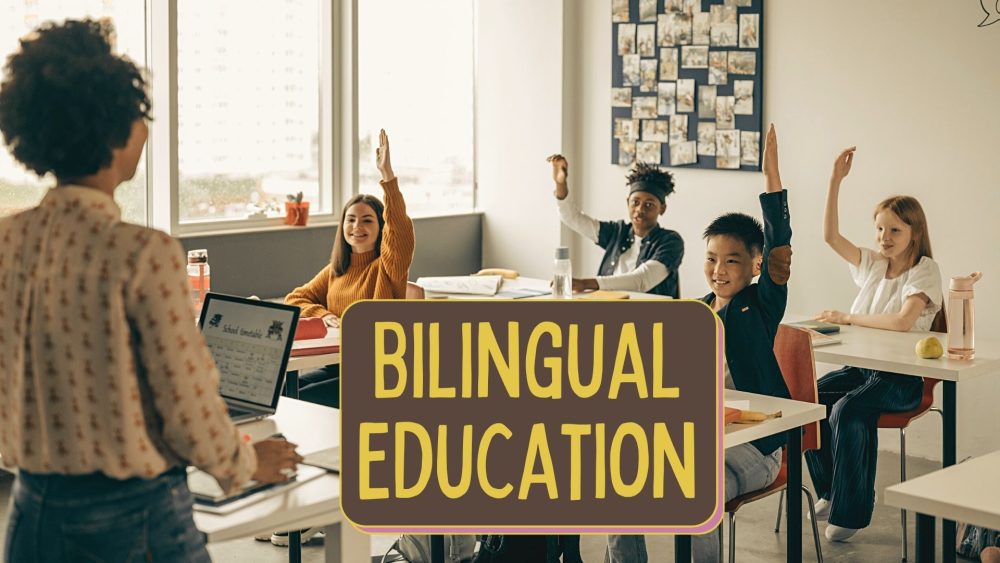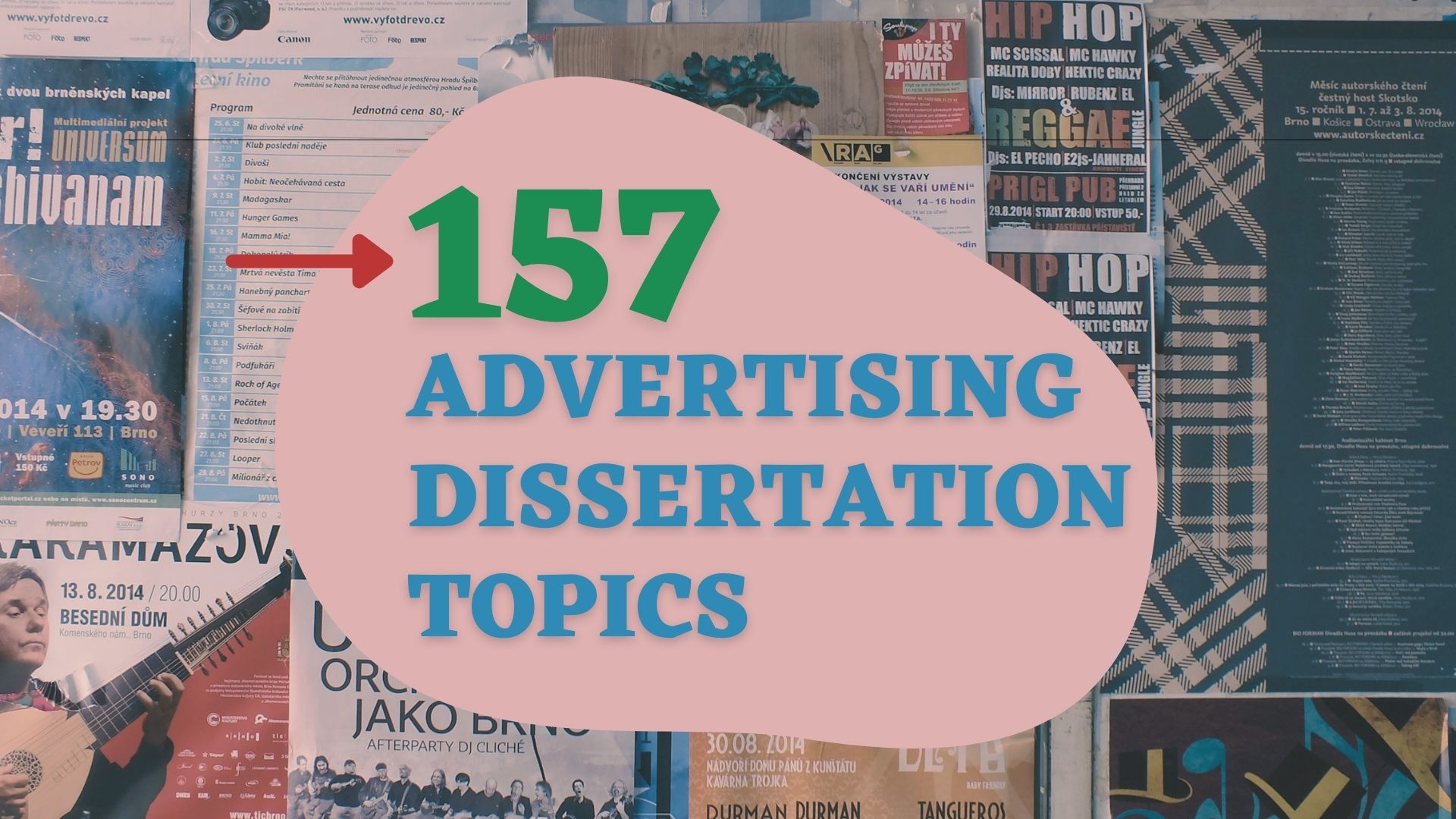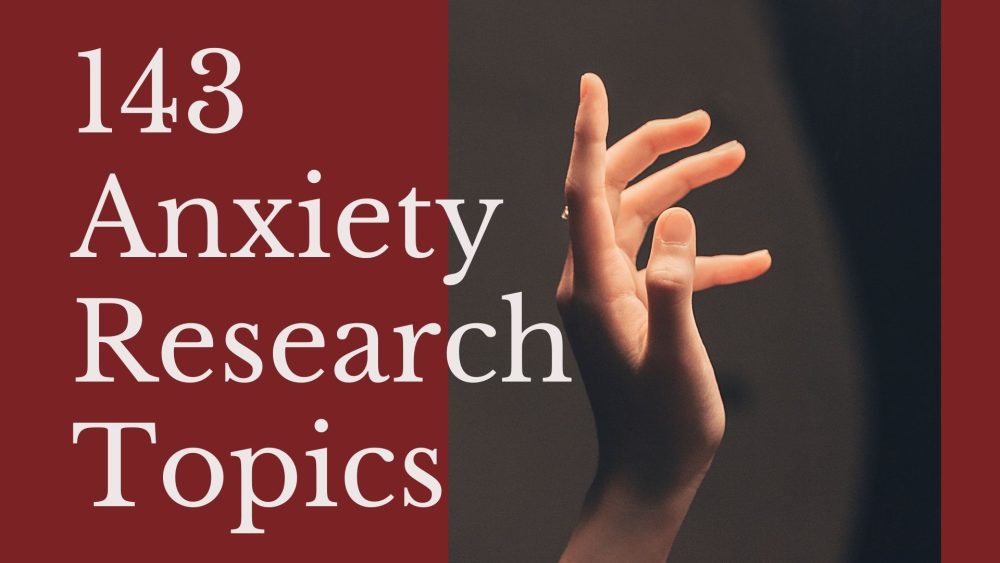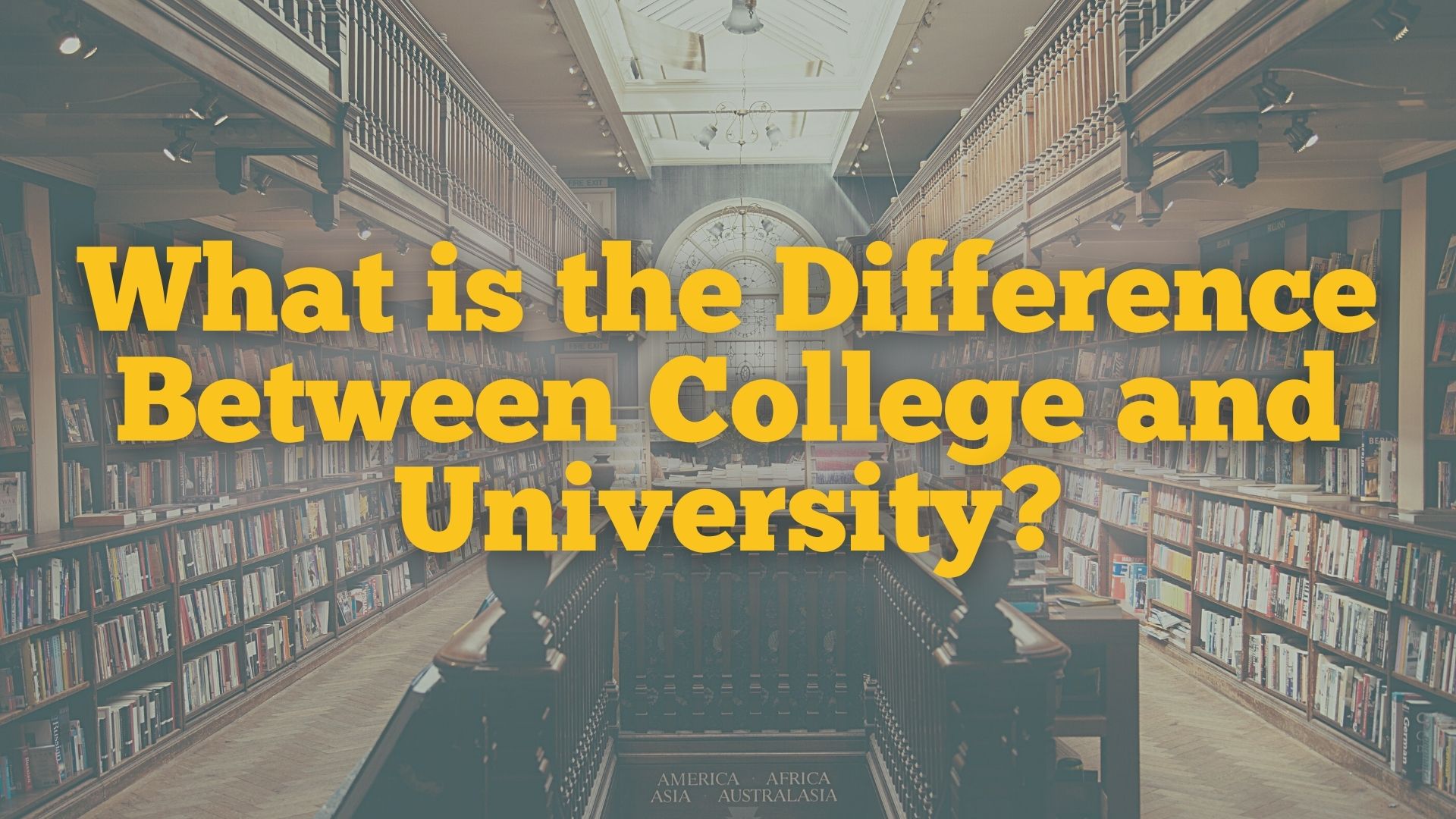Nearly half a century ago, American classrooms were predominantly of English-fluent students. Fast forward into the future, they are now quite diverse and accommodate students from African-American, Spanish, Asian, and many other non-English speaking communities. This has, in turn, given rise to the need to introduce a system that enables all students to benefit from the academic knowledge taught in these classes, hence giving rise to bilingual education.
Even though it’s not new, this system of education is pretty controversial. It has both supporters and critics who both come up with quite convincing arguments on why it should be or not be enacted. That is why we look at the pros and cons and also highlight what you need to know.
What Is Bilingual Education?
Before we get to the bilingual education pros and cons list, let’s take a look at what is bilingual education?
It could also be the other way round. That is an English fluent student learning a second non-English language.
History Of Bilingual Education
As noted, this form of education is not new. It has been around for the longest time now. It dates back to as early as the 19th century when the communities in the US began to bring children together to teach them. Usually, the learning process would take place in other languages, mostly German, Dutch, Fresh, and Spanish. As a result, most colored communities were often left out, and consequently, their languages were unintentionally segregated.
Things took a turn for the better when there was an influx of immigrants in the US, giving rise to the ideology of using English as the primary American language. In 1839, Ohio made history by being the first state to adopt the bilingual education act, and other states led by Louisiana followed suit.
At the turn of the 20th century, most states had now adopted this act, and there were over 600,000 students who enjoyed learning partially in their native language and also in English. Unfortunately, by the mid-1920s bilingual education fell out of favor in most regions of the US. For the next four decades, students were exclusively taught in English, regardless of their native language. Those who couldn’t keep up were often required to repeat until they could master the language.
As a result, a majority of students were left behind, and others dropped out. To address the issue, the bilingual education act was enacted in the 1960s, and the government provided funding as an incentive to encourage more schools to embrace the act and offer linguistics help and education to students. By the year 2000, most states had enacted this act, allowing the use of other languages in their system.
Types Of Bilingual Education
Even though this system primarily revolves around learning in two languages, it is usually implemented in various ways as shown below
- Transitional Bilingual Education: Also known as early-exit, this type of bilingual education typically involves the partial or complete use of the student’s native language during their early years in school and later a transition to the use of English only. The role of transitional bilingual education is to help the student make a switch to English-speaking classrooms as soon as they can, and it’s often quite successful. Thus, in a transitional class, students are usually from the same background.
- Two Way Immersion Bilingual Education: Also known as dual-education, two-way bilingual education programs are designed to assist both English and non-English speakers learn to read, write, and speak in a second language. In other words, this program aims at helping native speakers learn English as their second language and vice versa. Thus, students from both groups are often in the same class, and academic content is delivered in two languages.
- Immersion: In this bilingual education program, students are often from a non-English speaking background. They are usually taught all subjects in English to enable them to learn the language faster. Teachers simplify the language, and as the student advances, so does the English used by the instructors. Immersion might also be the other way round when an English-speaking student is taught another language.
Bilingual Education Pro And Cons
Just like any other subject, there are both pros and cons of bilingual education. We start by examining some of the importance of bilingual education below
Pros Of Bilingual Education
Let’s begin with some bilingual education pros:
- Opens Up a World of New Opportunities: Being unable to speak proficiently in English is a financial and career barrier that most people face today. By establishing or rethinking bilingual education in society, we’ll be breaking this barrier. Every child will grow up knowing at least two languages, their native and the English language. This will, in turn, mean that when they grow up, they can move to any part of the world and comfortably pursue their career goals.Furthermore, most industries require one to be fluent in English so they can comfortably interact with clients. It’s only through bilingual education that non-English speaking children can meet such requirements.
- It’s Easier for Kids to Learn Two Languages: Unlike an adult who’s worried continuously about life matters, a child has nothing to worry about. Therefore, their brain is wired to absorb and learn new things constantly. Hence it’s easier for a child to learn a second language than an adult. Therefore, introducing bilingual education programs in the early stages of learning is a better idea.
- Promotes Diversity: One of the main benefits of bilingual education is that it promotes diversity. When a non-English speaking child learns English as a second language, they get a chance to interact with kids from any background who can also speak the same language. This helps promote diversity. This will also, in a way, reduce racism as children growing up speaking the same language will see each other as equals even when they are all grown up.
- Learning a second language makes the learning curve for other languages less steep
- Bilingual education programs create more cultural opportunities
- Improvements in cognitive functions
Cons Of Bilingual Education
Not every aspect of bilingual education is positive though. Check out these disadvantages of dual language programs:
- Reduces Focus on Career and Academic Growth: One of the main disadvantages of bilingual education is that it causes the students to lose sight of the bigger picture. For instance, as noted in an immersion class, students from a non-English speaking background are often taught purely in English. This means that most of them focus too much on learning the language; they end reducing their focus on career and academic growth. If you’re one of these students, don’t hesitate to get expert academic writing help.
- Hurts Community Integration: The world is a much better place when everyone can interact freely. Unfortunately, while bilingual education programs aim at ensuring this happens, they also systemically cause a divide. For instance, students in a transitional bilingual education class are mostly from the same community. Therefore even when they learn English, they’ll continue hanging out with those they were in the same class with, and not individuals from other communities. Hence bilingual education affects the assimilation of the students, consequently widening communal gaps instead of closing them.
- Not Enough Teachers to Go Around: One prominent con of bilingual education is the unavailability of qualified teachers. For a bilingual program to be successful, it calls for a super-skilled and gifted teacher in both the native and English language. Unfortunately, they are very few, and those who’re available are often overwhelmed because, at the same time, they have to teach the usual subjects.
- Very Expensive: Due to the lack of qualified teachers, bilingual education programs are often unavailable in most public schools. This means that if you want your kid to learn a second language, you have to dig deeper in your pockets for a private tutor.
Bilingual education has its pros and cons. However, the benefits outweigh the cons. Hence, if some of the challenges associated with bilingual education in California, such as insufficient teachers are addressed, it’s an incredibly beneficial strategy.
Get Language Help Today
Now that you understand bilingual education pros and cons, get some help with your language classes. You might speak a language perfectly, but you still need help with your homework or linguistics dissertation. That is why we are here to help you, as we offer the best thesis homework help there is, and you can even purchase dissertations with us. Our writer are absolute professionals and the best in the biz. Get in touch with our 24 hour customer support to get started.




















